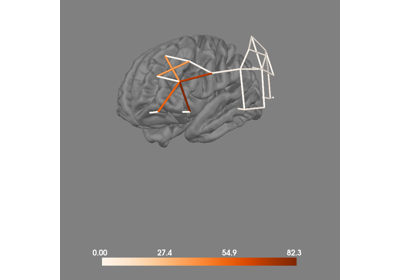mne_nirs.io.fold_landmark_specificity#
- mne_nirs.io.fold_landmark_specificity(raw, landmark, fold_files=None, atlas='Juelich', interpolate=False)[source]#
Return the specificity of each channel to a specified brain landmark.
- Parameters:
- raw
BaseRaw The fNIRS data.
- landmark
str Landmark of interest. Must be present in fOLD toolbox data file.
- fold_files
list| path-like |None If None, will use the MNE_NIRS_FOLD_PATH config variable. If path-like, should be a path to a directory containing ‘10-10.xls’ and ‘10-5.xls’. If list, should be paths to the fold toolbox files. See the Notes section of
fold_channel_specificity()for details.- atlas
str Brain atlas to use.
- interpolatebool
If the optimal source-detector pair is not found in the fOLD files False (default) will yield no results for that pairing, whereas True will use the next closest match. See Notes of
mne_nirs.io.fold_channel_specificity()for an example.Warning
The sensitivity profile can differ substantially for nearest neighbors, so use
interpolate=Truewith caution.
- raw
- Returns:
- spec
array Specificity values for each channel to brain landmark.
- spec
See also
Notes
Specificity values are provided by the fOLD toolbox [1] excel files. See the Notes section of
fold_channel_specificity()for more details.References
